[Staying Rooted] Race to the bottom: The cost of low prices and its effects on MSMEs
In the plane of Filipino pop culture, pageants reign supreme, and there would be no bigger pageant than the Miss Universe Philippines.
So when news came out that SHEIN became the major clothing sponsor of the event, it raised many eyebrows in the fashion and pageant worlds.
What is SHEIN?
SHEIN is a fast-fashion company based in China. Since its founding in 2008, the brand has grown to serve over 220 countries around the world, with a Generation Z and Y (millennial) customer base receptive to its TikTok, Instagram, and YouTube ads.
The brand’s fast-fashion business model of quick design and mass production allows them to churn out large quantities of in-style clothing at low cost. However, this model has led to a perceived lack of oversight when it comes to labor practices, intellectual property rights, and their environmental impact. This model also promotes overconsumption of these cheap goods, and ultimately high levels of wastage.
Impacts on the local market
While the direct impacts of fast fashion, such as its high amounts of wastage, infringement in intellectual property rights, and poor labor practices are often reported on, its indirect effects to the market are just as pervasive and concerning. These impacts can be broken down into the planes of market competition and customer behavior.
Simply speaking, fast fashion is, by nature, anti-competitive. The industry’s low prices and thin margins only allow brands that produce high volumes of products to remain profitable. Given this, micro, small, and medium enterprises (MSMEs) simply cannot compete with their low prices without economies of scale. Likewise, their impossibly fast churn rate for new designs makes it logistically improbable for a small business to match.
While the anti-competitive nature of fast fashion is concerning, what I personally find more troubling is how it affects customer behavior. When purchasing clothes, customers now expect lower prices, and are amenable with lower quality pieces. These shifts in consumer priorities negatively affect local businesses which traditionally produce smaller quantities of quality items, at higher price points, forcing many of them to lower their prices. This leads to enterprises skimping on labor and other variable costs, which inadvertently depresses wages and erodes craftsmanship.
Impacts on culture and heritage
Beyond competition and economics, fast fashion detrimentally affects our culture, due to its obsession with low prices. This fixation on being the most “economical” ignores the value of the unquantifiable, such as the time, labor, and craftsmanship put into each piece.
The history and meaning behind each piece is also often diminished when mass-produced “weaves” or its printed derivatives simply become a design. This removal from its context appropriates our longstanding and diverse weaving traditions, endangering the intangible cultural heritage of our Filipino peoples’ weaving.
Not just fast fashion
Our obsession with low prices neither starts nor ends with fast fashion. From finished goods to manpower and transportation, the entire value chain has long prioritized low prices, in exchange for substandard quality, lower wages, and poorer standards. MSMEs often have to grapple with this in the most mundane of ways, such as when we join third-party e-commerce marketplaces whose algorithms sort items by price and availability, or when brands source raw materials abroad instead of locally due to cheaper prices, or when brands offer free shipping due to high competition.
While these decisions make business sense, especially in the short term, participating in this race to the bottom usually does not lead to more market sustainability nor long-term development.
Going back to basics
The most effective way of helping MSMEs thrive amidst the race to the bottom is for our institutions to intervene. Having the state implement quality, labor, and environmental standards can help tilt the market away from those who abuse the current system of earning a quick buck at any cost. The government can likewise enforce antitrust policies aimed at preventing mergers and acquisitions which could negatively affect competition.
Another, more sustainable way of accomplishing this is for us to push society into rethinking its priorities when it comes to consuming goods, and to impart a more long-term, holistic view on sustainability and development.
While it appears daunting to reverse six decades of untethered consumerism and overconsumption, the premise is simple — to go back to the production and purchasing habits of our parents and grandparents. During those times, people used to purchase fewer, more expensive items, which would usually last much longer. These goods would have likely been of local origin and more sustainably made.
Though the world of fast fashion may be immersive, getting to know the story behind each enterprise, their communities, and the values they espouse is ultimately more fulfilling. Getting to know the weaving techniques behind Woven’s laptop cases, the stories behind HABI Lifestyle’s upcycled tote bags, and the communities behind Balik Batik and ANTHILL Fabric Gallery’s handwoven apparel are definitely worth the extra buck.
~
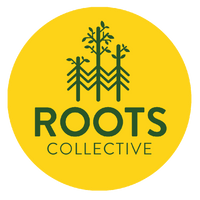





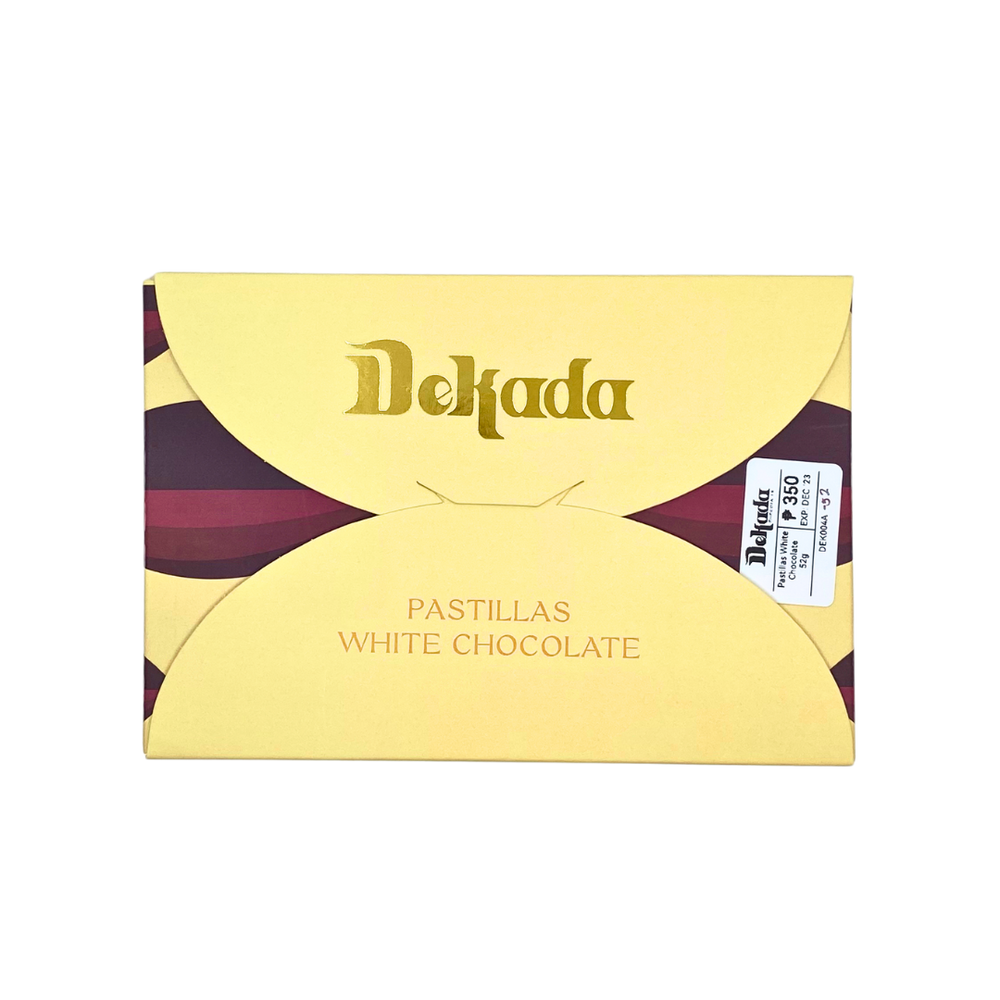
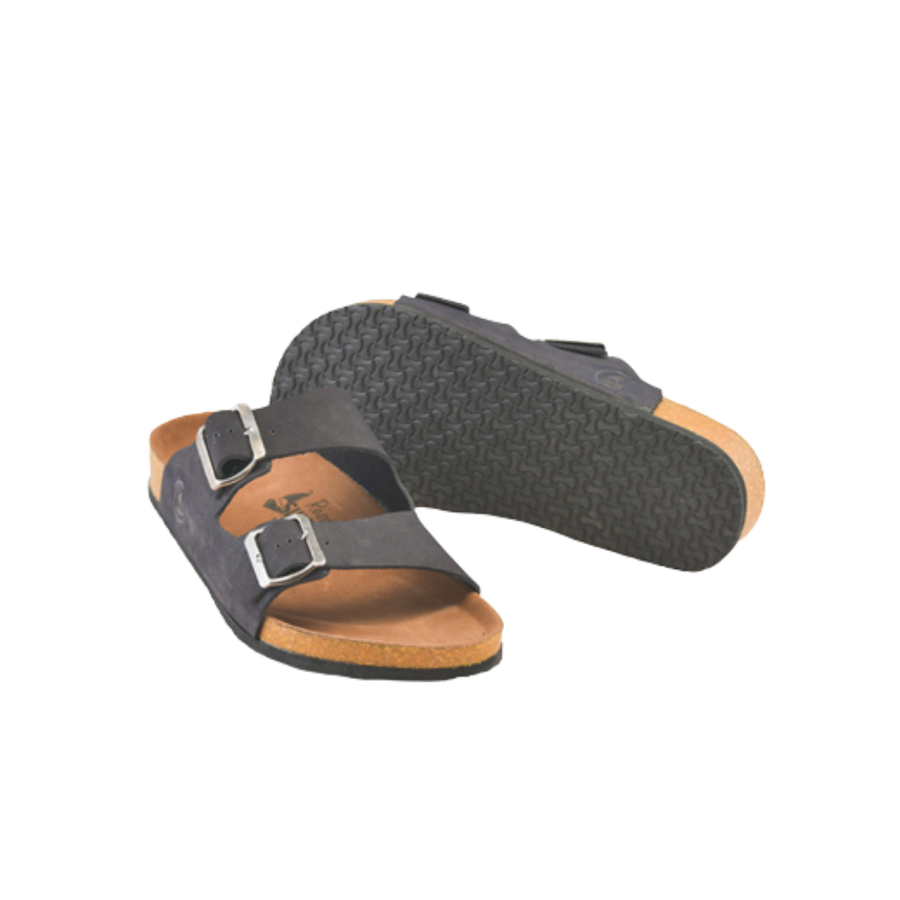
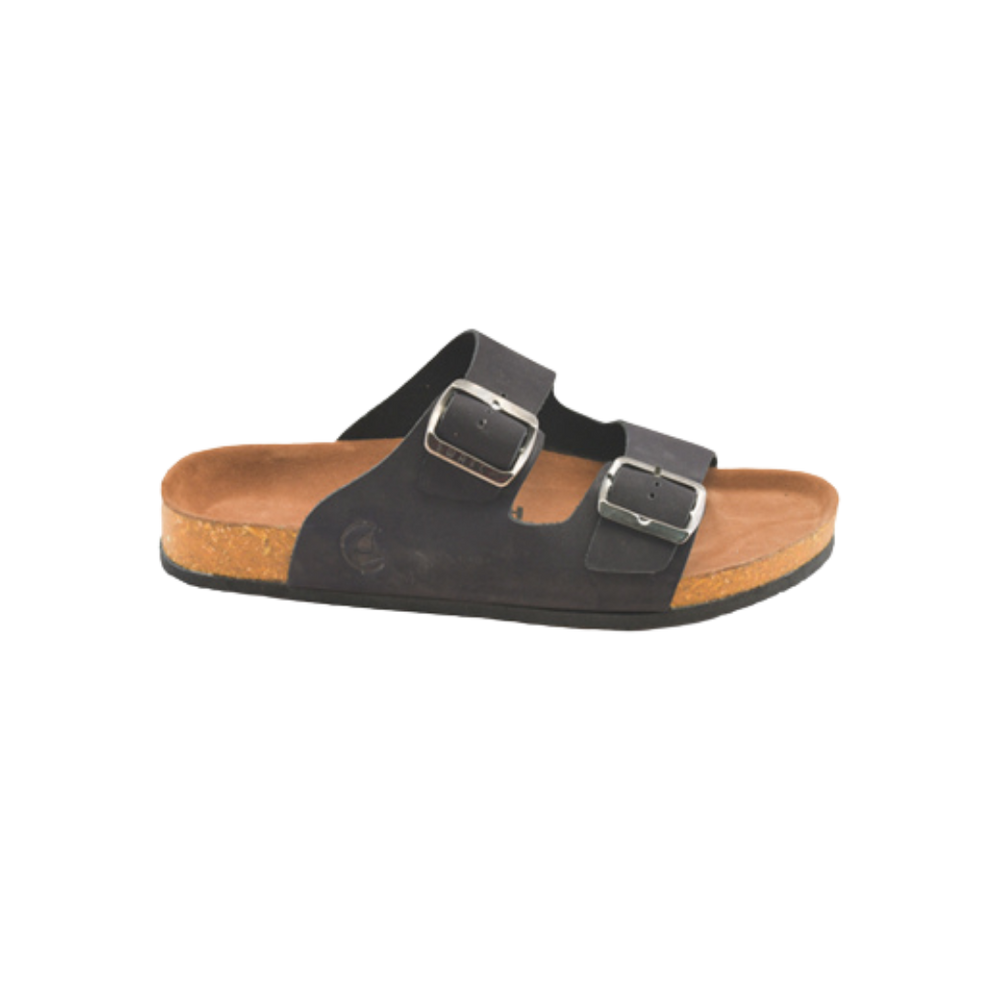

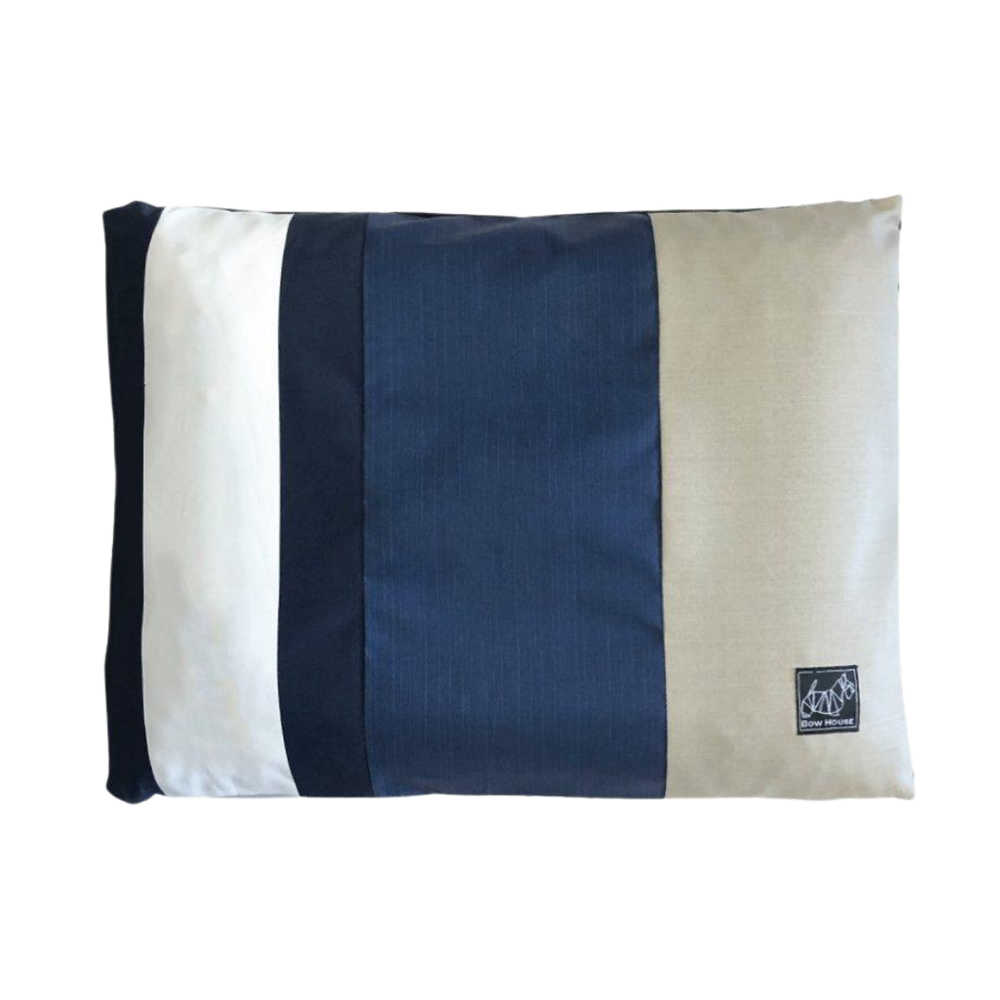

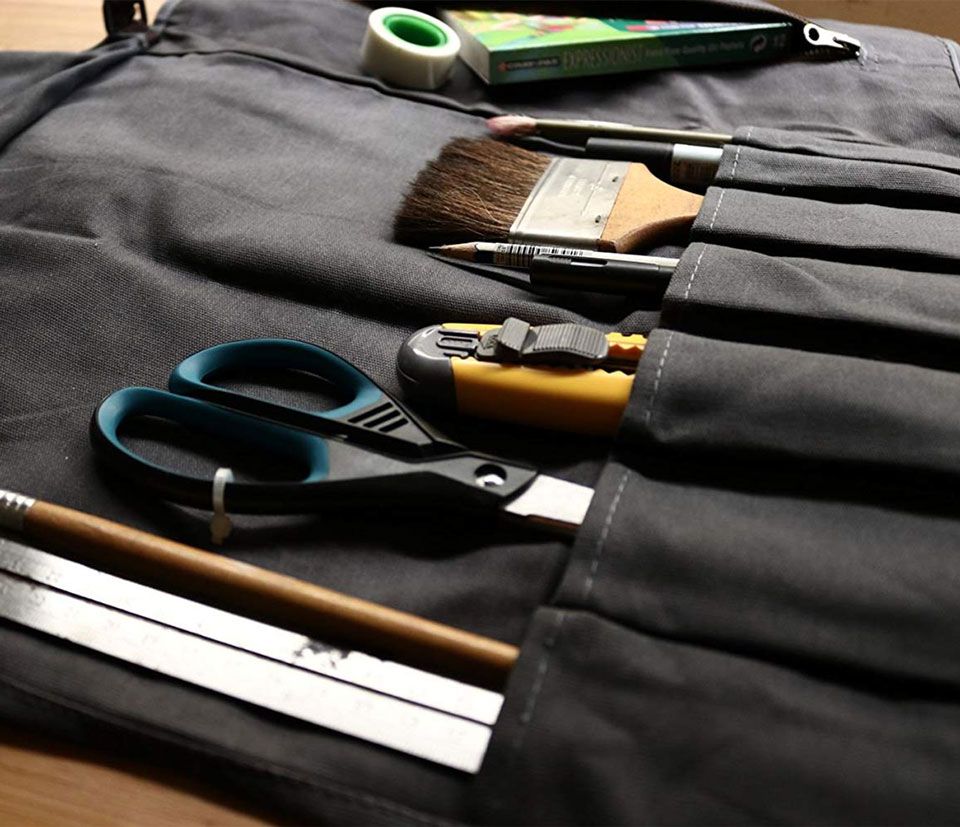

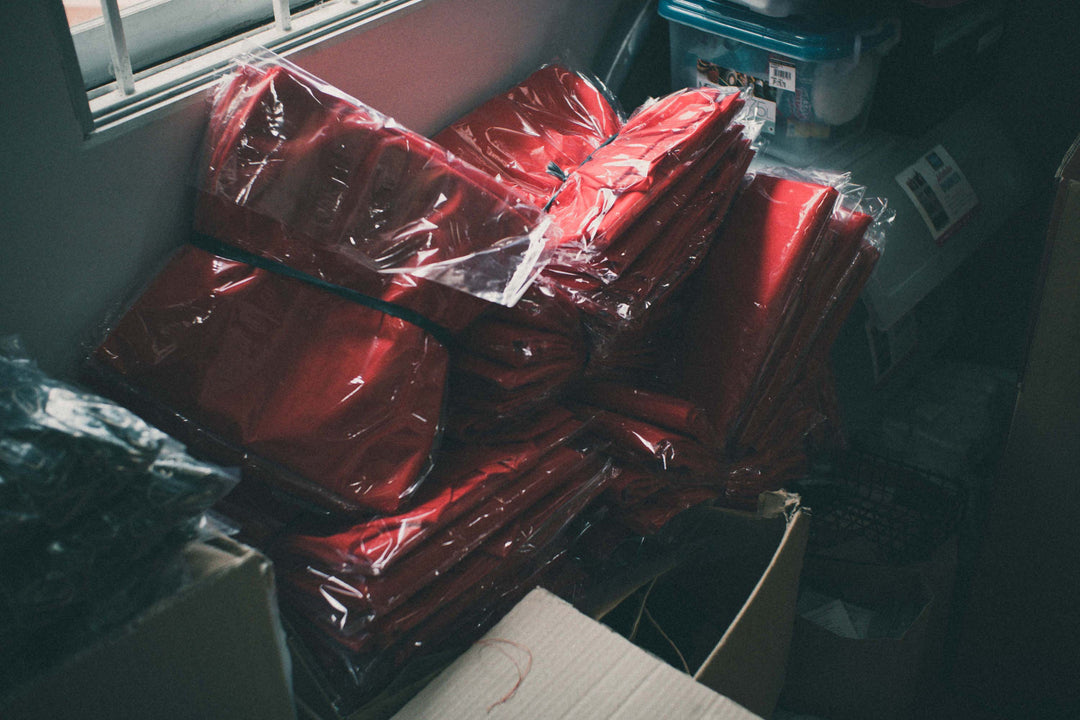
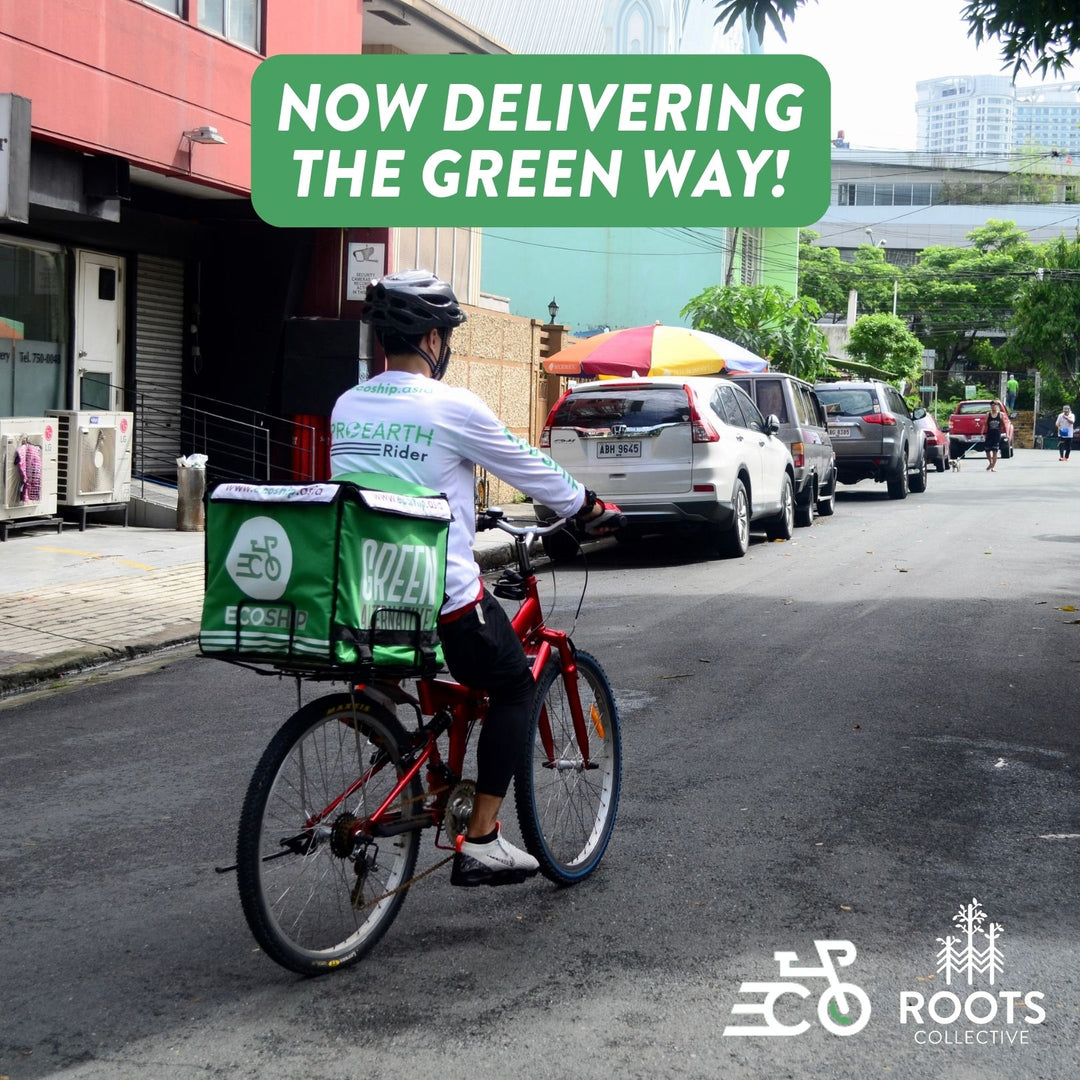
Leave a comment